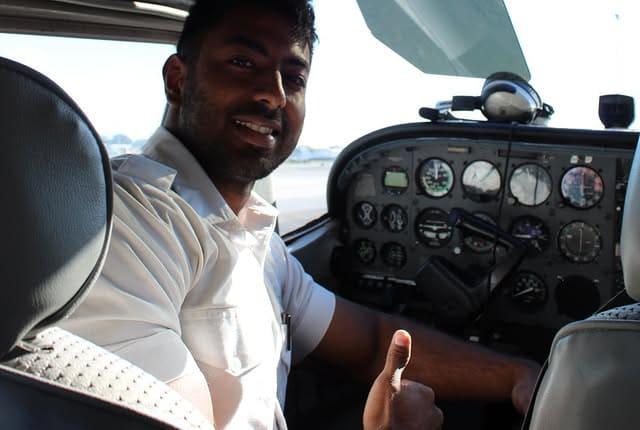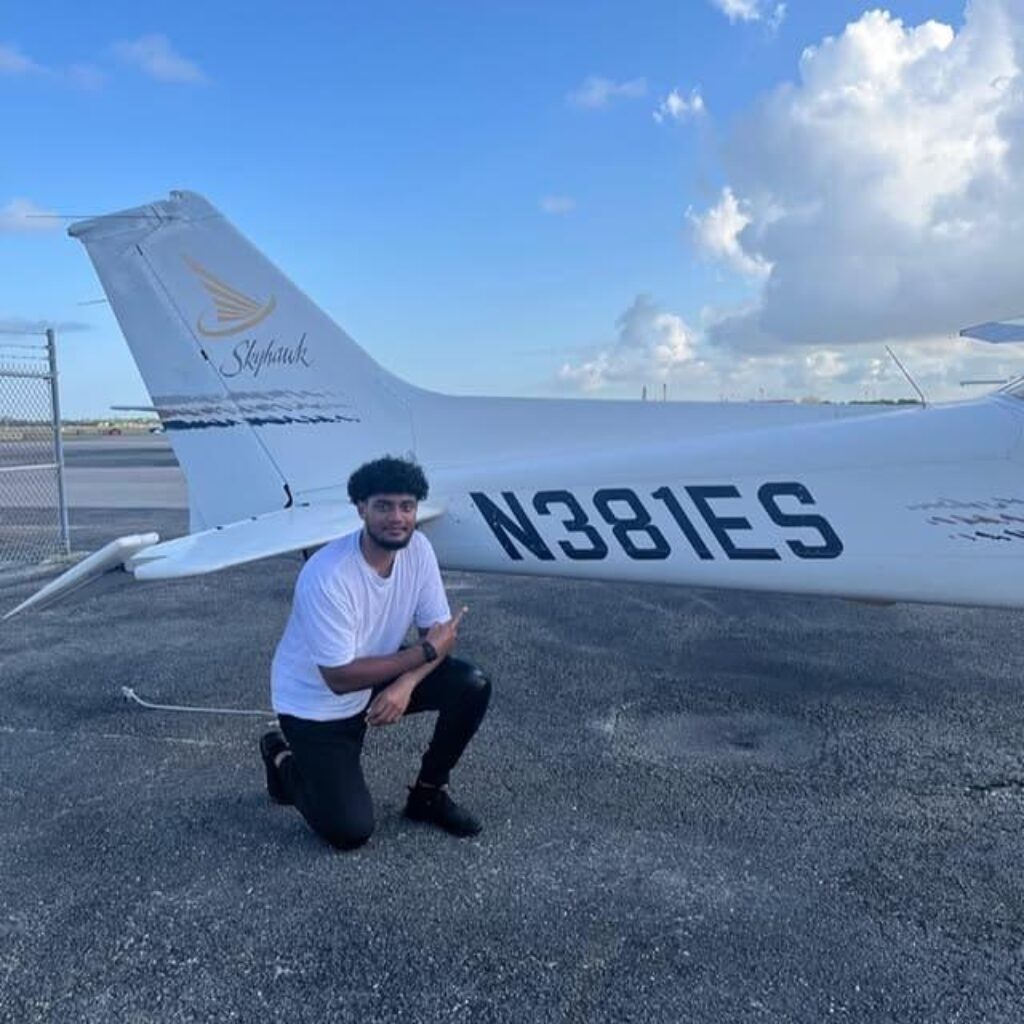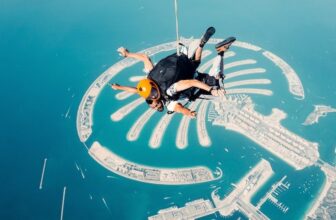
For many, becoming a pilot is a lifelong dream. for international students, choosing to train at a flight academy overseas brings both excitement and unique challenges. specialized programs are designed to give aspiring aviators the training, knowledge, and certifications needed to launch a global aviation career while also helping them adjust to studying in a new country.
Table of Contents
Understanding Pilot Programs for International Students
Overview of International Training Programs
International pilot programs are tailored to meet the needs of students coming from abroad. these courses combine ground school, flight instruction, and practical training to prepare students for professional aviation careers. many programs also assist with visas and cultural integration, ensuring students can focus on training without added stress.
Eligibility Requirements
To join a flight training program in the U.S. or another country, international students generally must:
- Demonstrate proficiency in aviation English
- Hold a valid student visa (such as M-1 or F-1)
- Meet minimum age and education requirements set by the school
Flight academies issue an I-20 form, which is essential for securing a visa. meeting these requirements is the first step to starting training abroad.
Types of licenses available
Flight academies offer a variety of certifications to match career goals. the private pilot license (PPL) is for recreational flying, while the commercial pilot license (CPL) is necessary for paid flying and airline careers. additional training often includes multi-engine ratings, instrument ratings, and other advanced endorsements, giving graduates strong credentials in international aviation.
The Flight Training Process
Curriculum at Aviation Academies
Flight training programs balance theory with practice. ground school typically covers:
- Weather and meteorology
- Navigation techniques
- Aerodynamics
- Aviation regulations
Students then move into hands-on flying, starting with basic maneuvers before advancing to cross-country flights and complex procedures, all under FAA, ICAO, or EASA standards.
Choosing the Right School
When selecting a flight academy abroad, international students should consider:
- The school’s reputation and certifications
- FAA or other civil aviation authority approval
- Quality and availability of training aircraft
- Experience of instructors
- Program length and structure
Some academies also offer accelerated programs, helping students build hours and certifications faster.
PPL vs. CPL
The PPL allows flying for recreation and personal travel, while the CPL is required for compensation and professional roles such as airline or charter flying. CPL training is longer and more intensive, requiring additional hours, exams, and advanced maneuvers.
Navigating Visas as an International Student
The M-1 Visa for Flight Training
The M-1 visa is the standard student visa for vocational programs like flight training. to apply, students must be accepted by a school and receive an I-20 form. the visa allows them to stay in the U.S. for the length of their training.
F-1 vs. M-1 Visa
The F-1 visa is for academic studies, while the M-1 is designed for vocational training. for flight students, the M-1 is usually the correct choice, especially for programs focused on earning a CPL or ATP.
Visa Application Process
To apply, students first secure a place at a flight school and obtain the I-20. then they complete the DS-160 form, pay the required fee, and attend an embassy interview. applicants must show proof of financial resources and intent to return home after training.
Becoming an Airline Pilot
Career Pathway
The standard pathway for international students includes:
- Starting with ground school and flight training at an FAA- or ICAO-approved academy
- Earning a private pilot license, then progressing to a commercial license
- Building flight hours and experience for airline qualifications
With a CPL, students can begin applying for airline or corporate pilot positions worldwide.
Graduate Opportunities
A CPL also opens doors beyond the airlines. graduates can work as flight instructors, aviation managers, or even inspectors for civil aviation authorities. With multi-engine or instrument ratings, international students gain access to higher-level jobs and wider career options.
Airline Partnerships
Many academies have partnerships with airlines, offering direct career pathways after graduation. Enrolling in a program with such connections can significantly boost a student’s chances of moving directly into an airline pilot role.
International Aviation Standards
Civil Aviation Authorities
Authorities such as the FAA in the U.S. or EASA in Europe set strict training and licensing standards. International students must ensure their chosen program meets these standards, as it impacts license validity and recognition worldwide.
EASA Regulations
Students training in Europe must follow EASA rules, which govern licensing, curriculum, and flight hours across the EU. Training under EASA ensures licenses are recognized across member states.
Compliance and recognition
Verifying that a program complies with FAA, ICAO, or EASA standards is critical. Compliance guarantees that training hours, licenses, and certificates will be recognized internationally, opening doors to a professional career.









